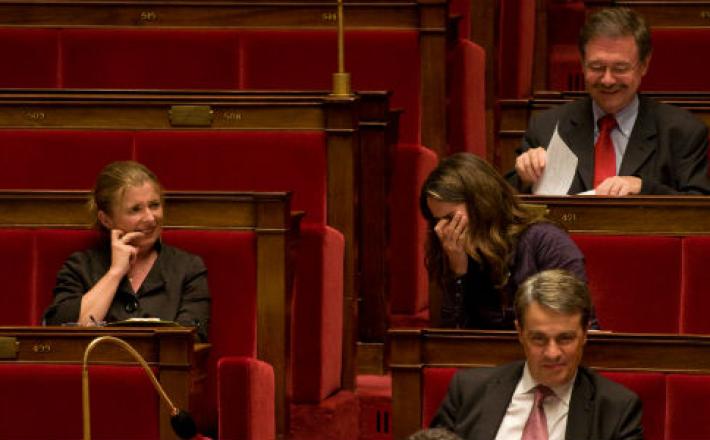Votes for Women: Electoral Systems and Support for Female Candidates
It is a well-established finding that proportional representation (PR) is associated with greater female legislative representation than single member majoritarian systems However, the degree to which different types of PR rules affect voting for female candidates has not been fully explored. The existing literature is hampered by a reliance on cross-national data in which individual vote preferences and electoral system features affect one another.
In this study, Sona N. Golder, Laura B. Stephenson, Karine van der Straeten, André Blais, Damien Bol, Philipp Harfst and Jean-François Laslier draw upon an experiment conducted during the 2014 European Parliament (EP) elections to isolate the effects of different PR electoral systems. Participants in the experiment were given the opportunity to vote for real EP candidates in three different electoral systems: closed list, open list, and open list with panachage and cumulation. Because voter preferences can be held constant across the three different votes, the authors could evaluate the extent to which female candidates were more or less advantaged by the electoral system itself. The study concludes that voters, regardless of their gender, support female candidates, and that this support is stronger under open electoral rules. Concerns about voters being put off because of the presence of women on the ballot appear to be unfounded.
Click here to read the study.

It is a well-established finding that proportional representation (PR) is associated with greater female legislative representation than single member majoritarian systems However, the degree to which different types of PR rules affect voting for female candidates has not been fully explored. The existing literature is hampered by a reliance on cross-national data in which individual vote preferences and electoral system features affect one another.
In this study, Sona N. Golder, Laura B. Stephenson, Karine van der Straeten, André Blais, Damien Bol, Philipp Harfst and Jean-François Laslier draw upon an experiment conducted during the 2014 European Parliament (EP) elections to isolate the effects of different PR electoral systems. Participants in the experiment were given the opportunity to vote for real EP candidates in three different electoral systems: closed list, open list, and open list with panachage and cumulation. Because voter preferences can be held constant across the three different votes, the authors could evaluate the extent to which female candidates were more or less advantaged by the electoral system itself. The study concludes that voters, regardless of their gender, support female candidates, and that this support is stronger under open electoral rules. Concerns about voters being put off because of the presence of women on the ballot appear to be unfounded.
Click here to read the study.